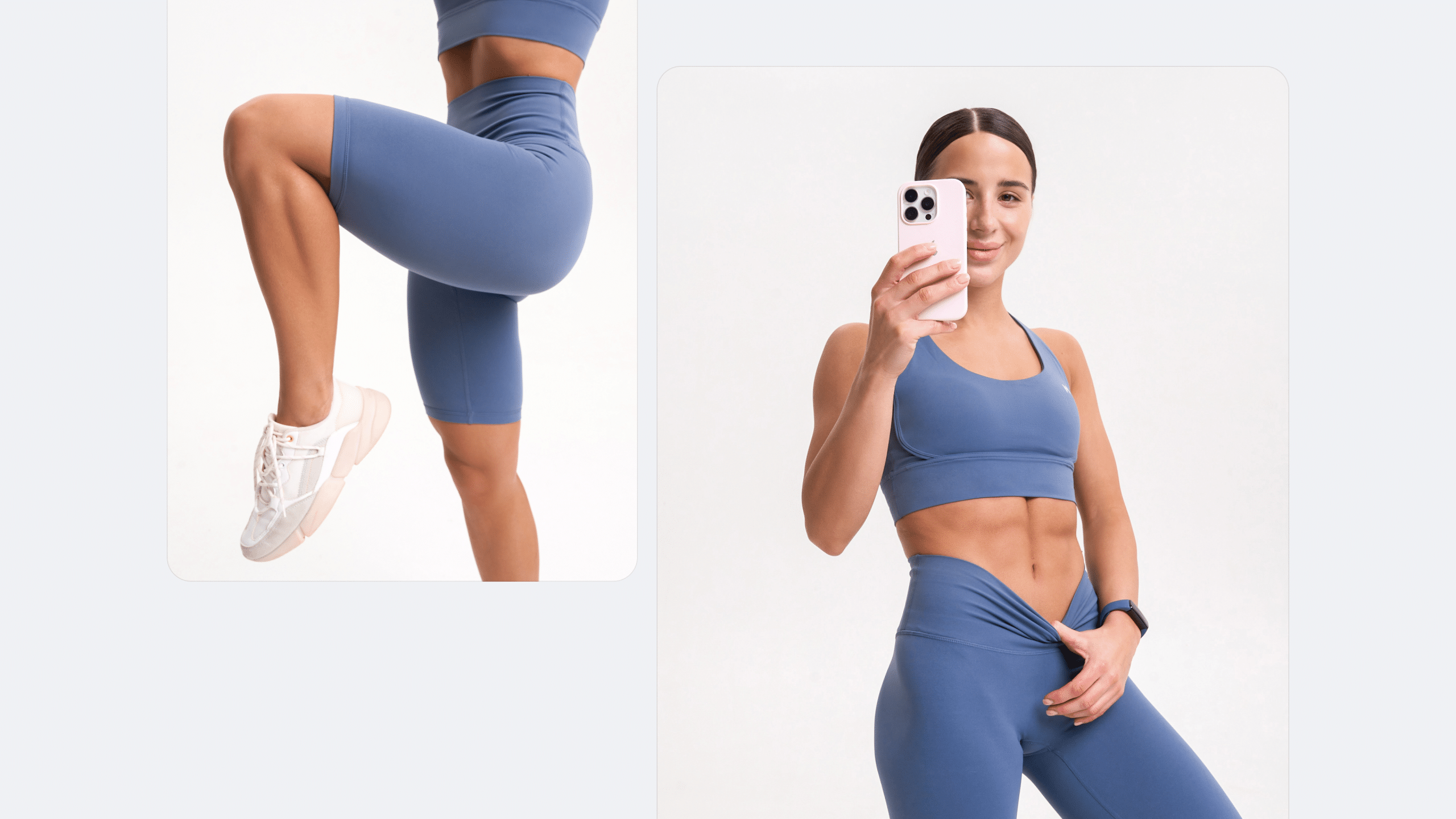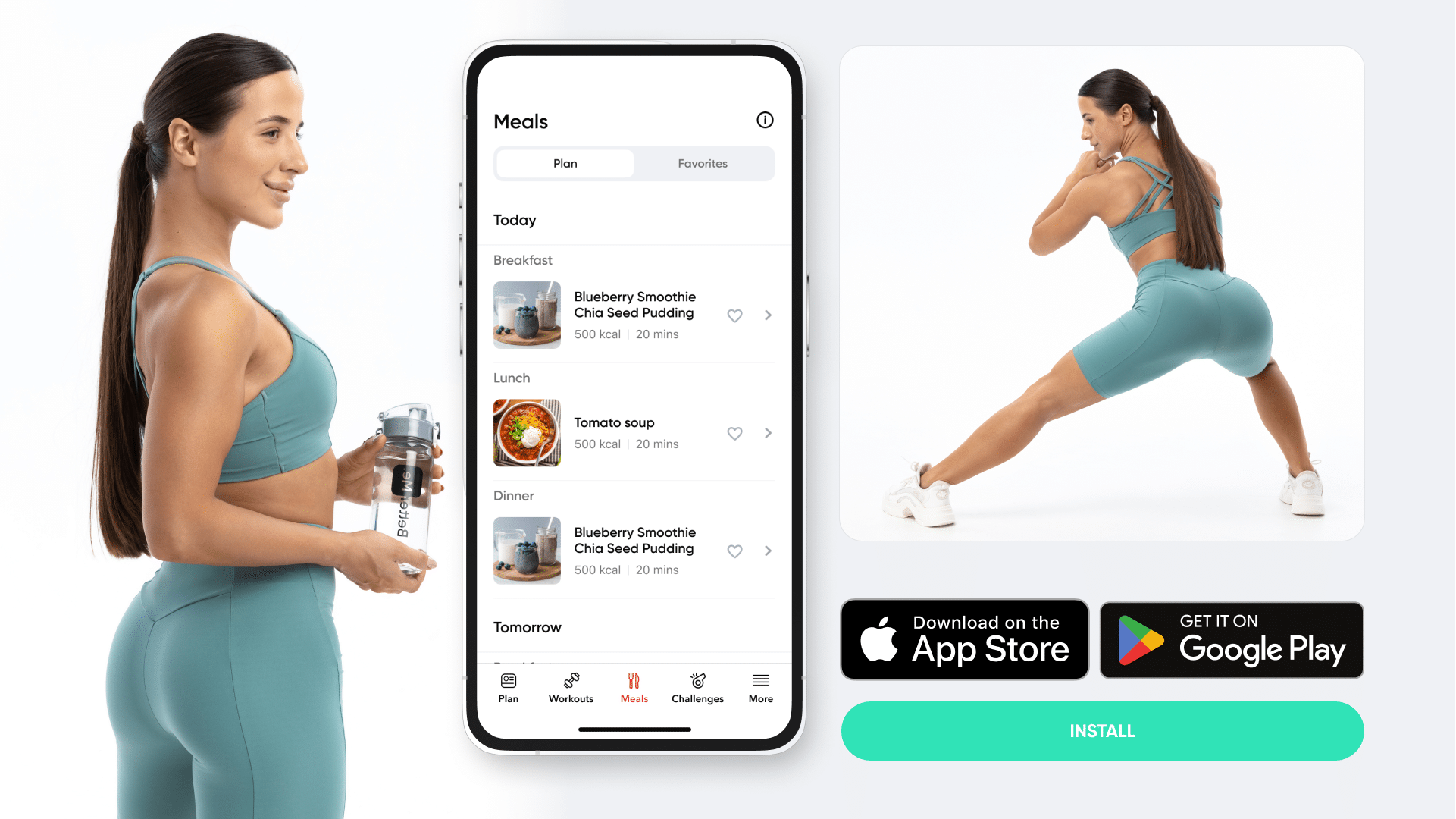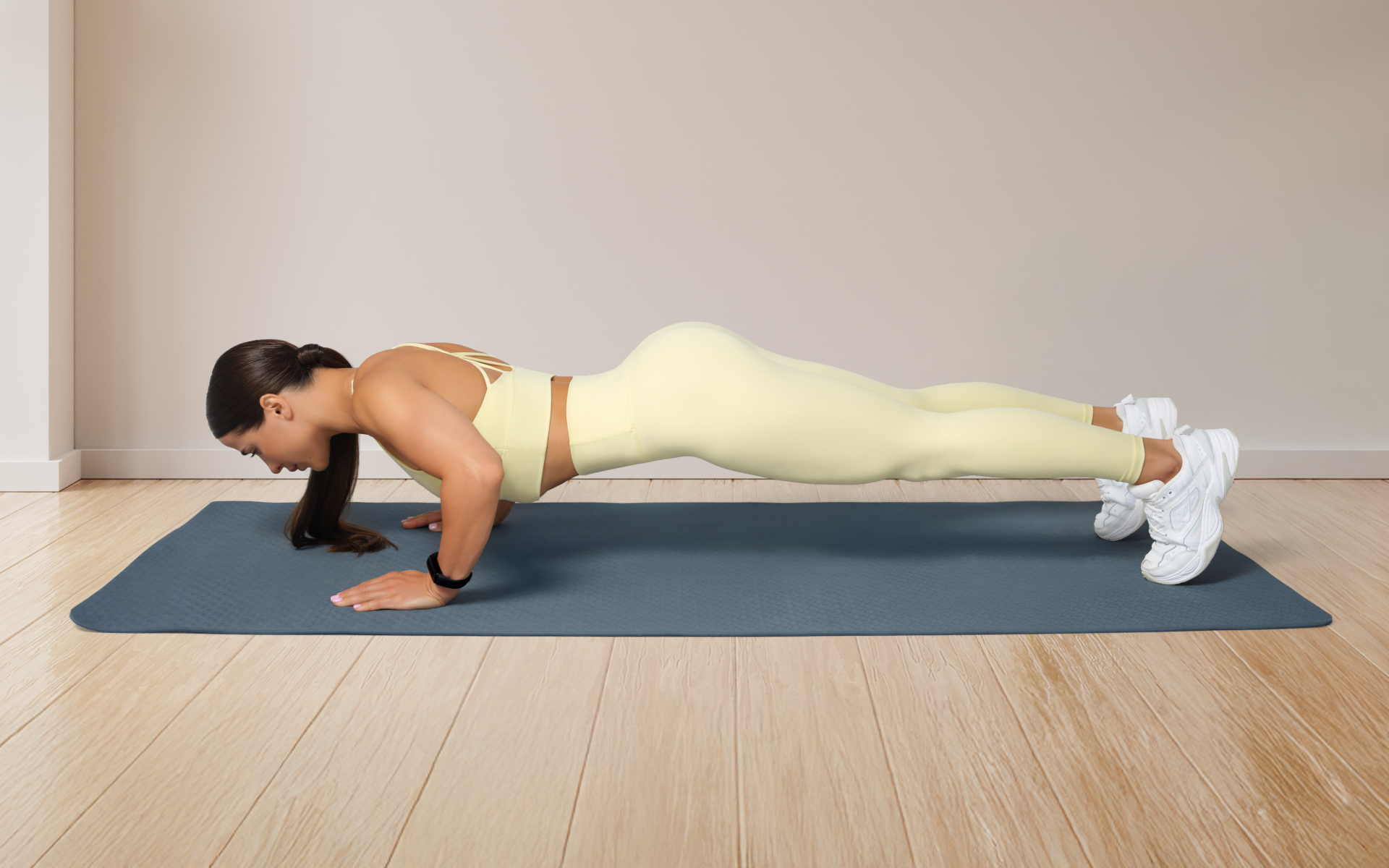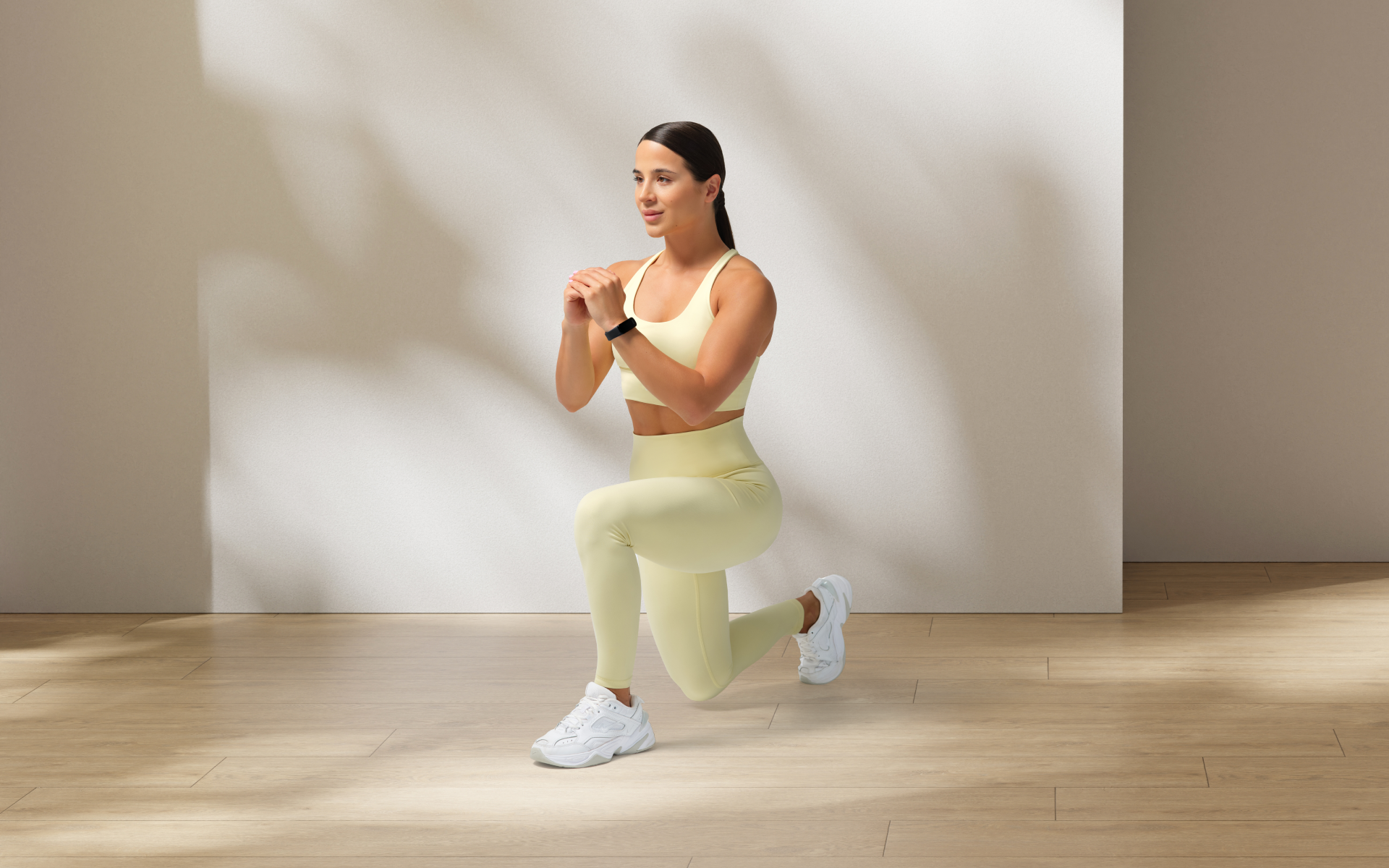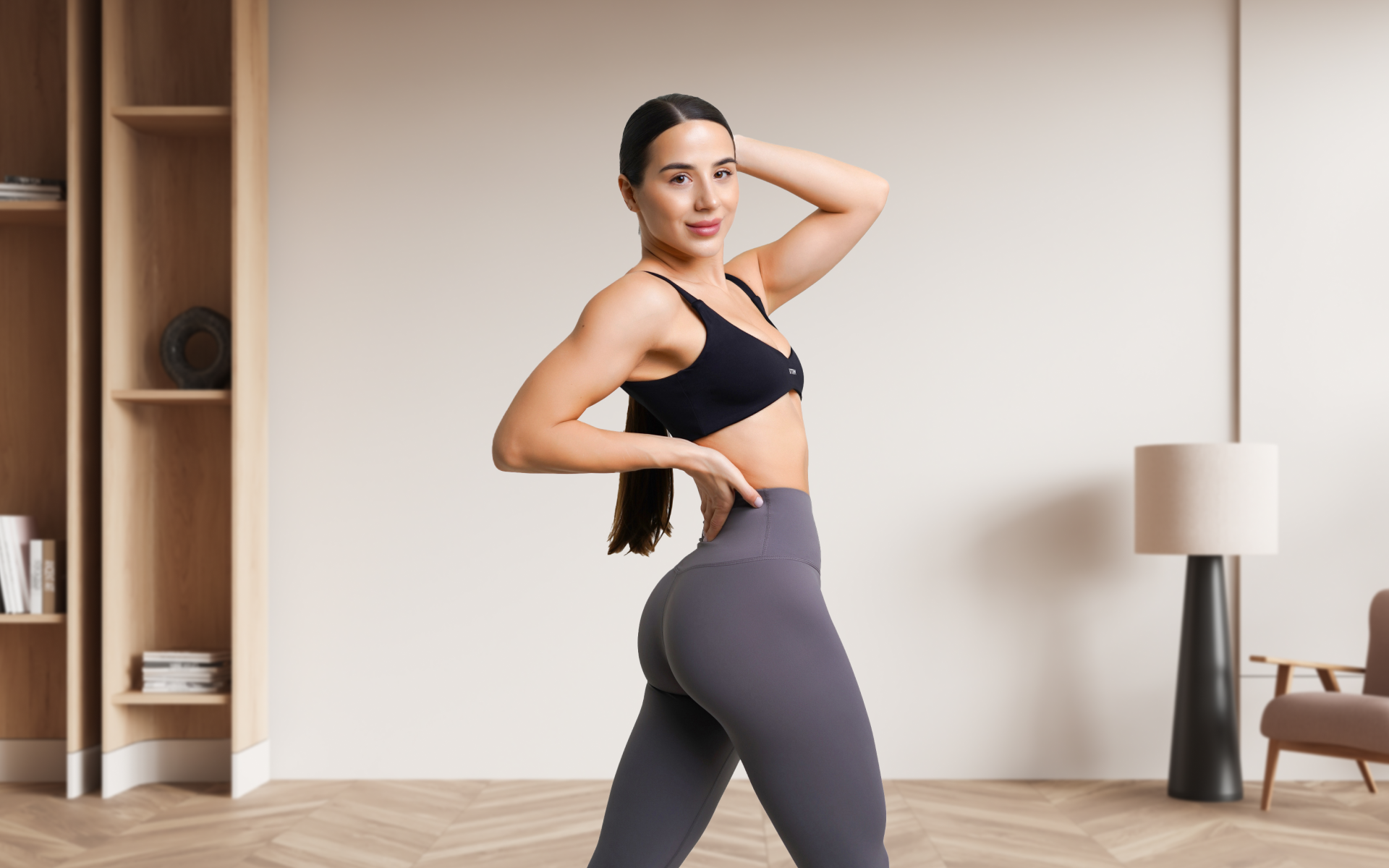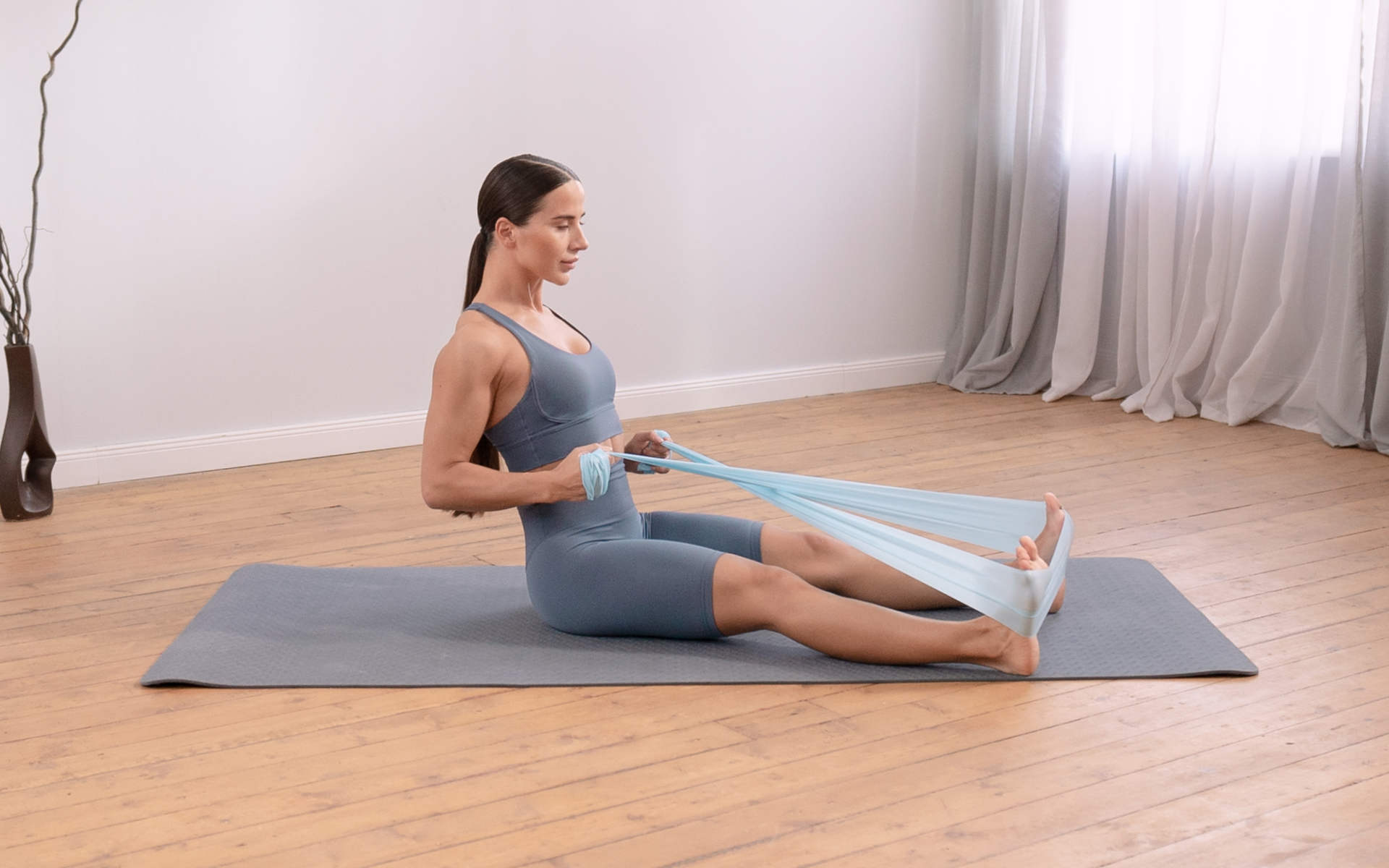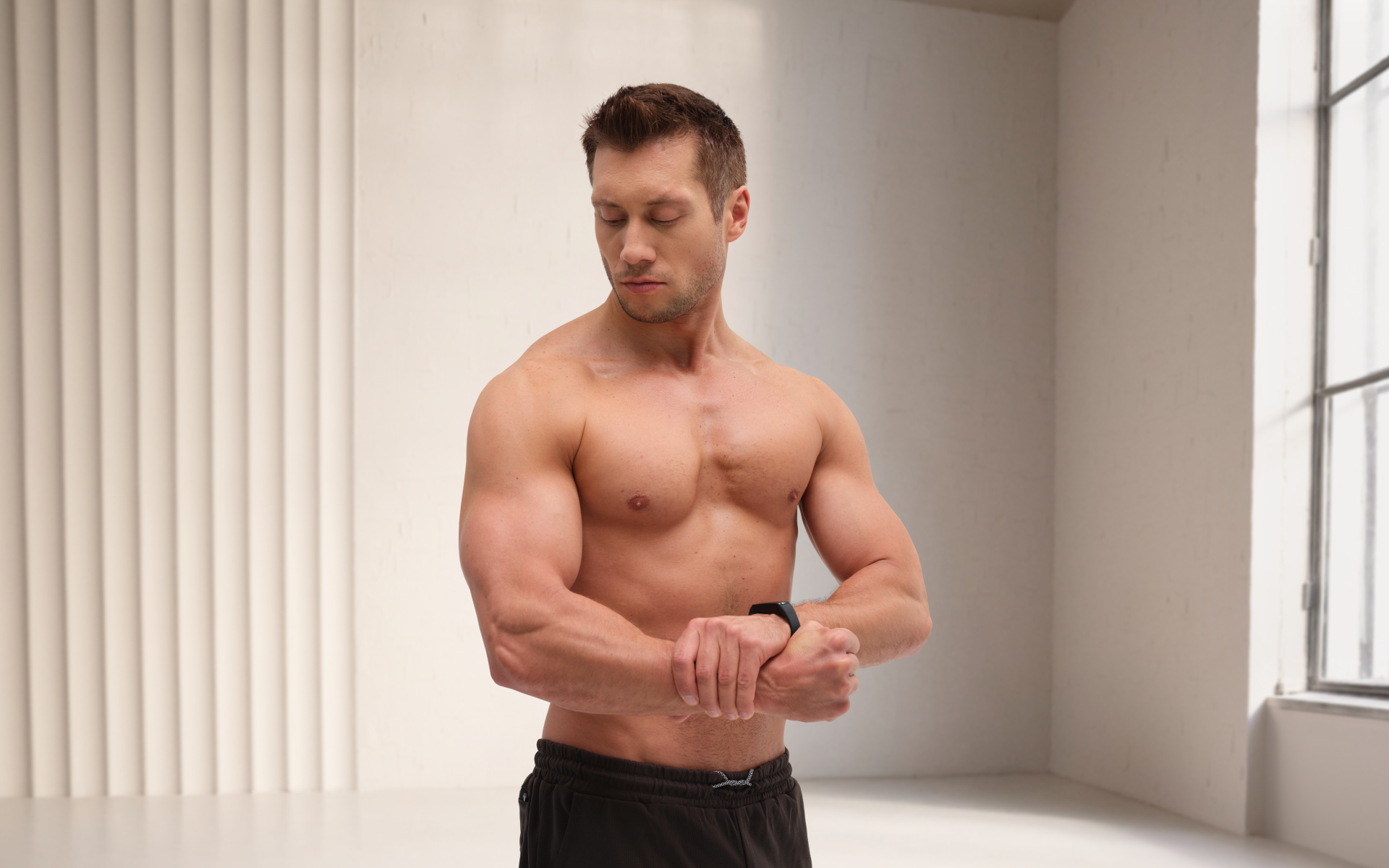Calisthenics is a word derived from the Greek language. It combines two words: kállos (beauty) and sthenos (strength). It is a form of resistance training that uses your own body weight to increase your strength. Given that you don’t need any equipment to perform this exercise, you can easily perform it anywhere and anytime. It doesn’t matter if you don’t have much space in your apartment or if you wish to perform a workout in your office cabin. You can easily perform a bunch of calisthenics and feel better.
There is one muscle group that benefits a lot from calisthenics, and that is the leg muscles. Legs can only be challenged to a certain extent with ordinary bodyweight training. However, leg muscles under constant stress can grow best with an overly challenging workout routine. However, you shouldn’t jumpstart with advanced calisthenics. Instead, look for calisthenics leg workouts for beginners to initiate your journey into calisthenics.
It is often noted that people wonder about the differences between calisthenics for men and women. Considering plenty of general information on this topic, our article focuses on calisthenics for women, in particular. We have rounded up some of the best calisthenic workouts women can perform at home, followed by some tips on how they can build muscles and train their legs.
Keep reading to find out!
Can You Build Legs With Calisthenics?
Of course, you can!
It is a misconception that you can’t build your legs with only your body weight. When you perform a calisthenic leg workout for mass, you should treat it the same way as you build muscle with weights. Perform an exercise that is tough enough for you to reach your failure. Isolate to be sure that each muscle hits the point of failure.
Failure is, essentially, the key to building muscle (5). If you perform a compound movement with many muscles involved, not all the muscles could reach failure. Only a few muscles can hit the failure point, which doesn’t maximize growth (4). Muscles like the hamstrings may be neglected during the wholesome compound movements.
Here are some exercises that can be included in the calisthenic leg workout:
Squats
Almost every leg routine includes squats as the primary exercise. Considering how you won’t have any weight on your back when doing squats in calisthenics, it may be easier to learn the correct form than at a gym (11). This would prevent injuries and loss of balance while doing the exercise.
Here is a step-by-step instruction on how to do squats:
- Stand with your feet apart, about as wide as your hips.
- Stretch your arms out in front of you.
- Bend your knees and push your hips back like sitting on a chair.
- Keep going until your hips are lower than your knees.
- Then, stand back up straight.
- Repeat these steps.
- Aim to do 40-50 squats in a row.
Pro Tip: Internalize the form of squats as much as you can. It is the foundation of many other exercises. This is especially important if you lack mobility in the lower body. You should improve your agility with fascia training and mobility exercises.
Jump Squats
Moving rapidly is an essential part of many calisthenic leg exercises. Some of these exercises want you to focus on your strength at one point so you can quickly jump into another position the next moment. Jump squats are one of the dynamic exercises that help with leg training (7).
To do the jump squats, you have to:
- Stand with your feet about as wide as your shoulders and bend your knees a little.
- Bend your knees more and go down into a deep squat.
- Push through your thigh muscles, butt muscles, and the muscles on the back of your thighs to jump up off the ground.
- Straighten your legs thoroughly so your feet are off the ground when you jump.
- Land softly by bending your knees and using your whole foot (toes, ball, arches, heel).
- Go straight into the next jump without stopping as soon as you land.
If you repeat this exercise more often, you can gradually build up your stamina (10).
BetterMe App helps you achieve your body goals with ease and efficiency by helping to choose proper meal plans and effective workouts. Start using our app and you will see good results in a short time.
Knee Tuck Jumps
Another incredible exercise for building your legs is the knee tuck jump. This is performed by jumping as high as possible and bringing your knees towards your chest. Do these rapidly one after the other. Here is how you can do the knee tuck jumps:
- Start with your feet about as wide as your shoulders.
- Bend your knees and squat down as low as you can.
- Use your arms to help you jump up.
- When you jump, bring your knees up as high as you can.
- Land softly on the ground.
- Take a brief pause before squatting down again.
Regarding tuck jumps, it is better to start with baby steps. Once you feel comfortable, you can increase the difficulty and intensity to make the workouts harder.
Lunges
For lunges, you train each leg individually. During this exercise, you work without aid and alternate by moving each leg forward.
To make a forward lunge, you have to:
- Stand with your feet about as wide as your shoulders, holding a dumbbell in each hand.
- Take a big step forward with one leg, making a long stride.
- Bend both knees to lower your body into a lunge. Keep your back straight, and make sure your front knee doesn’t go past your toes.
- Push off your front heel to stand back up straight.
- Repeat the same steps with your other leg, stepping forward into another lunge.
And to perform a reverse lunge, you have to:
- Stand with your feet about as wide as your hips.
- Step backward with your right leg until both knees are bent at 90-degree angles. Make sure your right knee points towards the ground and your right foot aligns with your toes.
- Push yourself forward to return to the starting position.
- Repeat the same steps with your left leg.
- Keep alternating legs and do the same number of repetitions on each side.
Pro Tip: Keep your back and shoulders upright when you are lunging. Your chin should stay up while your head faces forward. Maintaining a proper form is the basic requirement of any exercise.
The continuous change of legs during lunges can help to train your muscle endurance better (9).
Walk-on Toes
This is another bodyweight leg exercise that can train your calf muscles (1). There is no space restriction to perform this exercise. After a few reps, your calves can actually feel the burn. Here are the steps to do a walk-on toe:
- Start by standing tall with your feet hip-width apart.
- Rise onto the balls of your feet, lifting your heels off the ground.
- Take small steps forward, walking on the balls of your feet and balancing on your toes.
- Keep your knees slightly bent but not completely straight as you walk.
- Try to walk in a straight line, keeping your balance.
This exercise is pretty easy. You can include it in your warm-up or cool-down routine to keep your body in an active rest mode.
You must carefully design a calisthenics leg workout no equipment version to be sure you include the right exercises in your routine. Opting for quite challenging moves can tire you and even cause injuries. Remember, the end goal of calisthenics is to use multiple muscle groups in coordination with each other. This can help you achieve an impressive level of strength, flexibility, and balance that most people think is out of their capabilities.
Read more: Fire Up Your Muscles With Effective Resistance Bands Leg Workout
Can Women Build Muscles with Calisthenics?
Yes, women can also build their muscles and improve strength with calisthenics. In fact, it stands as a brilliant way to train muscles without going to the gym or picking heavy weights. Calisthenics is a functional form of body training that doesn’t demand fancy equipment.
Calisthenics isn’t better than weight training for women. But it is more accessible and easy to fit into the day. For instance, you can check out calisthenic leg workouts for women at home. Most of these can be performed without depending on any tools.
You can begin with basic movements like lunges, bodyweight squats, and press-ups. Make sure that you study the pros and cons of every exercise before adding any to your regular regime. For instance, study the benefits of push-ups for females and determine at what step they can be included in your workout routine.
The best part of performing calisthenics is its versatility. It delivers all the strength and wellness benefits that are a part of other forms of resistance training. Regular calisthenics builds muscles, protects bones, and improves overall mood and confidence (2).
How Often Should You Train Legs for Calisthenics?
Getting stronger and building muscles is simpler than most people think. Generally speaking, the more you train yourself, the more muscle you build. In the meantime, getting adequate proteins and nutrients to fuel your body is crucial.
When figuring out calisthenics frequency, the general rule of thumb is to follow this two to three times a week. This may help you recover and allow your muscles to adapt (8). For most athletes, a muscle needs around 24 to 72 hours to rebuild and recover from the strain (8). It depends on how much training experience you have.
During rest days you can engage in activities like walking, hiking, swimming, or stretching. You can even opt for deep tissue massages during the recovery period. Indeed, calisthenic leg workouts can sometimes become monotonous. Try to keep things interesting by adding plyometrics and combining several exercises to create a dynamic workout.
How Do You Train Your Legs With Bodyweight?
Lunges and squats are the fundamental movements that can contribute to bodyweight leg training. You can include variations like a chair squat or the standard bodyweight squat. As for the lunges, you can go for exercises like split lunge or jump lunge.
On days you wish to keep the leg training light, you can perform the following exercises:
Step-up
Here is how you can do the step-ups:
- Find a small step stool or use a stair.
- Stand in front of it.
- Use your right foot to push yourself up onto the step.
- Once both feet are on the step, step back down with right foot first and then left foot to the starting position.
- Keep your back straight and tighten your stomach muscles.
- Make sure your whole foot is on the step.
- You can start with a low step.
- Focus more on doing it correctly than on the height of the step.
- Do 10 step-ups with the right foot leading first and then switch sides to do 10 steps with the left leading.
- The suggested amount is 10 reps and 3 sets on each side.
A-skip
The steps to perform an A-skip are:
- Stand up straight with your feet about hip-width apart.
- Look straight ahead and keep your body upright.
- Lift your left knee to hip height while standing on the ball of your right foot.
- Aim to land your left foot under your body, pushing off with the ball of your foot.
- Keep alternating sides and move forward.
- Swing your arms like you’re running, and keep your elbows close to your body.
- Keep your foot bent upward towards your shin and push off the ground firmly.
Calf Raises
To do a calf raise, you have to:
- Stand on the edge of a step on the balls of your feet.
- Rise onto your tiptoes using your calf muscles.
- Hold this position at the top for 2 to 3 seconds.
- Slowly lower your heels down below the level of the step.
- Hold this lowered position for 1 to 2 seconds.
- Push through the balls of your feet to lift back up onto your tiptoes and start the next repetition.
To make it harder, try doing it with one leg by hooking one leg behind the calf of the other leg.
Practicing bodyweight training without equipment can improve strength, mobility, and coordination. It was particularly evident in a study on post-menopausal women (3). Tight and weak legs may cause knee pains, lower back pains, and ankle problems. A solid calisthenics leg workout can be an excellent fix to these problems. Women who are confused can look for calisthenics for women to discover how they can build their lower body strength. Conversely, men can opt for general calisthenics, as there aren’t many differences between calisthenics for both genders.
If you wish to free yourself from all the extra pounds that have been weighting you down for way too long, start using the BetterMe app and overhaul your entire life!
FAQs
Does calisthenics have a leg day?
The traditional concept of “leg day” isn’t as common in calisthenics as in bodybuilding and weightlifting. It typically contains exercises targeting various muscle groups at once. However, some exercises specifically target the leg muscles. These include squats, lunges, and jumps. Performing variations of these movements on a specific day of the week can be classified as a calisthenics leg workout.
Is it OK to do push-ups every day?
Push-ups are a great exercise to strengthen your upper body and get a lean physique. Beginners should limit the number of push-ups and avoid performing them daily. Make sure that you get some rest days so your muscles can heal.
Although it is okay to do push-ups daily, learn to listen to your body and prioritize rest.
Is 20 minutes of calisthenics enough?
According to Medicine Net, beginners can benefit from 20 minutes of calisthenics (6). Extending your workout by just one minute will meet the daily recommended 21 minutes of moderate-intensity exercise (12).
Is calisthenics harder for women?
Calisthenics isn’t harder for women than for men. Both genders can engage in calisthenics and reap its rewards with proper form, frequency, and consistency. If you are looking for a calisthenics leg workout women no equipment, you may choose general exercises that don’t use any tools but bring better outcomes.
The Bottom Line
Regular training with calisthenic leg workouts can improve your balance and mobility. Make sure that you maintain the proper form and frequency of the exercises. Going beyond the adequate limit can cause discomfort and injuries. So, keep it slow and steady in the beginning.
Calisthenics leg workouts for women and men don’t have any significant differences. Nonetheless, we strongly suggest you get help from a certified trainer. They can help you craft a workout plan that works with your fitness level. Besides, they can also guide you about the lifestyle you should lead to gain maximum benefits.
DISCLAIMER:
This article is intended for general informational purposes only and does not serve to address individual circumstances. It is not a substitute for professional advice or help and should not be relied on for making any kind of decision-making. Any action taken as a direct or indirect result of the information in this article is entirely at your own risk and is your sole responsibility.
BetterMe, its content staff, and its medical advisors accept no responsibility for inaccuracies, errors, misstatements, inconsistencies, or omissions and specifically disclaim any liability, loss or risk, personal, professional or otherwise, which may be incurred as a consequence, directly or indirectly, of the use and/or application of any content.
You should always seek the advice of your physician or other qualified health provider with any questions you may have regarding a medical condition or your specific situation. Never disregard professional medical advice or delay seeking it because of BetterMe content. If you suspect or think you may have a medical emergency, call your doctor.
SOURCES
- 20 calf exercises to strengthen and tone your calves with no equipment (2022, today.com)
- Benefits of Calisthenic Exercises (2024, webmd.com)
- Bodyweight and Combined Training Reduce Chronic Low-Grade Inflammation and Improve Functional Fitness of Postmenopausal Women (2022, ncbi.nlm.nih.gov)
- Compound Exercises (n.d., physio-pedia.com)
- How to Gain Muscle, No Matter Who You Are (2021, healthline.com)
- Is Working Out 20 Minutes a Day Enough? (n.d., medicinenet.com)
- Squat and Countermovement Vertical Jump Dynamics Using Knee Dominant or Hip Dominant Strategies (2023, ncbi.nlm.nih.gov)
- THE BEST CALISTHENICS TRAINING SPLIT (n.d., courses.coachbachmann.com)
- The best way to train to improve muscular endurance (2021, medicalnewstoday.com)
- What are the benefits of performing squats? (2021, medicalnewstoday.com)
- What is calisthenics? (2020, medicalnewstoday.com)
- Your lungs and exercise (2016, ncbi.nlm.nih.gov)
